Mount Waialeale (or Waialeal) is a huge volcanic crater and the second highest point on the island of Kauai in the Hawaiian Islands.

Mount Vayaleale (or Vay’aleal)
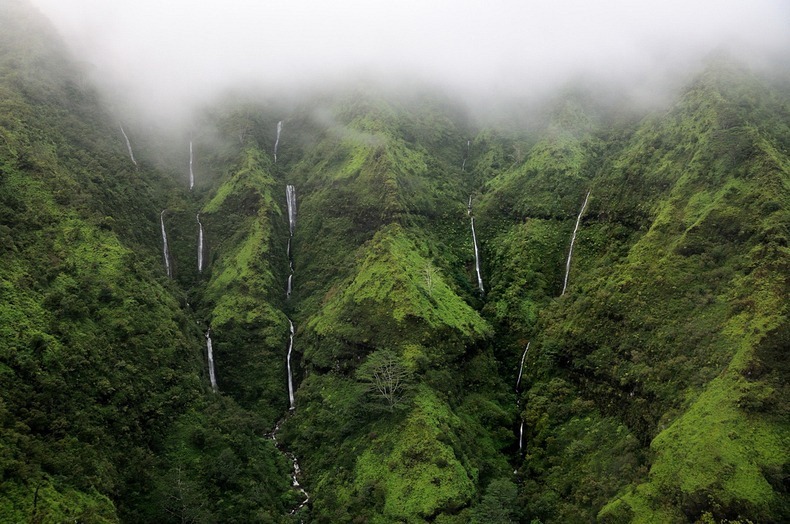
Mount Waialeale (or waialeal), Hawaiian IslandsIn the Hawaiian language, Wai’ale’ale means “rippling water” or “iridescent water”. On average, more than 11 thousand mm of precipitation falls on the top of the crater every year, which makes this place one of the wettest on earth.
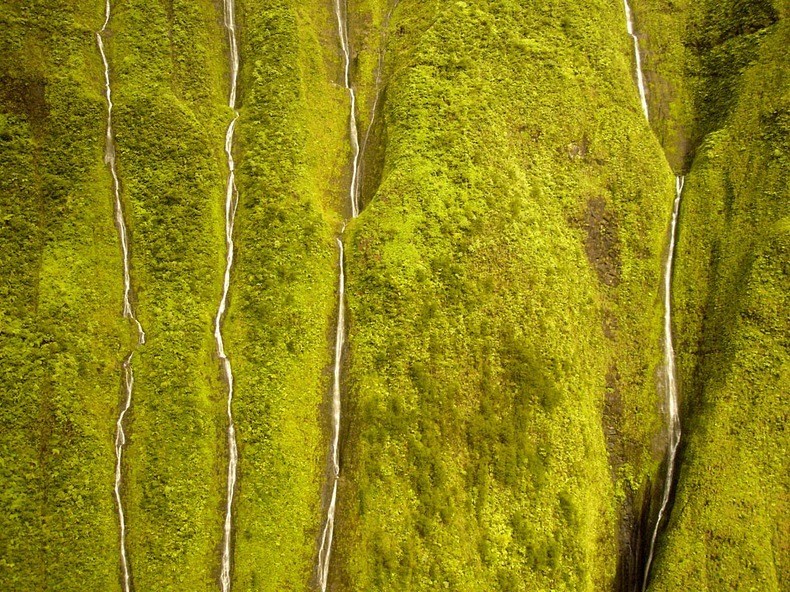
Mount Waialeale (or waialeal) in Hawaii
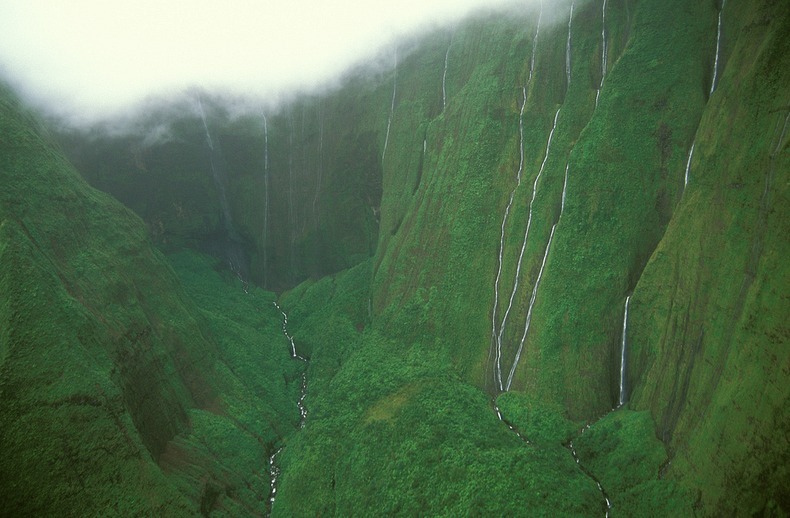
Mount Vayaleale
As rainwater descends from the 2,000-meter-high peak, it forms narrow streams of water that erode the slopes.
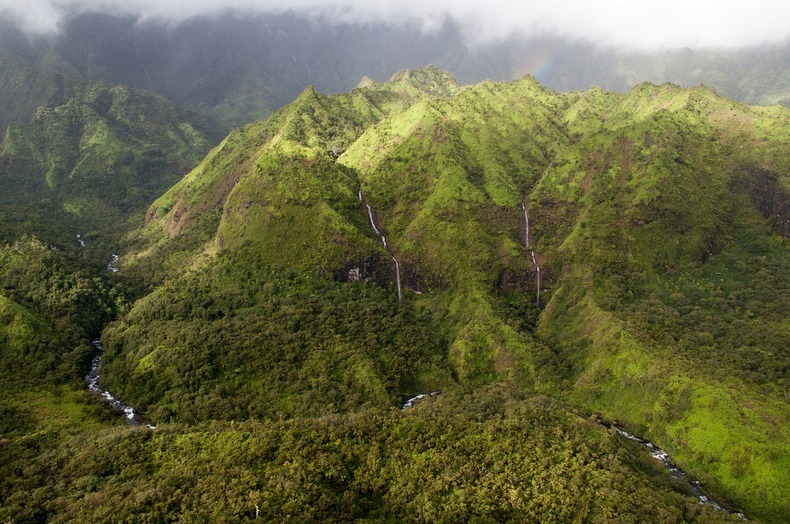
Mount Waialeale in Hawaii
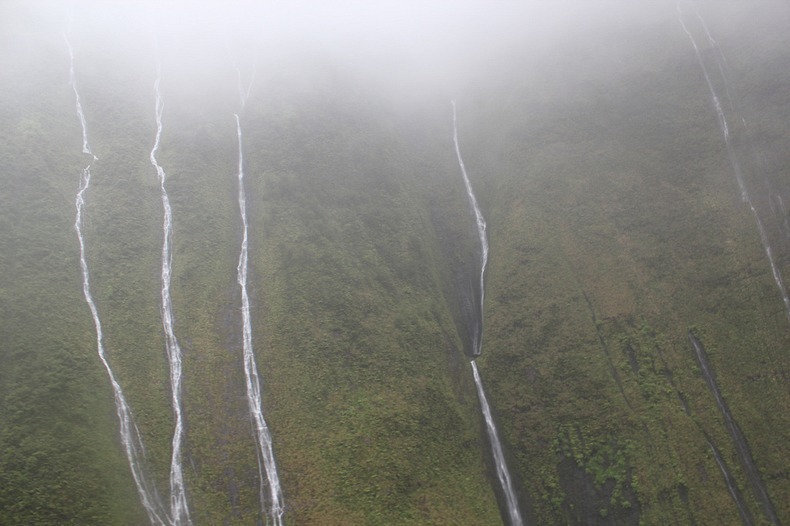
Mount Waialeale, Hawaiian Islands
Mount Vayaleale is called the “mountain of tears” because so many waterfalls flow down its green slopes that it seems as if it is crying.
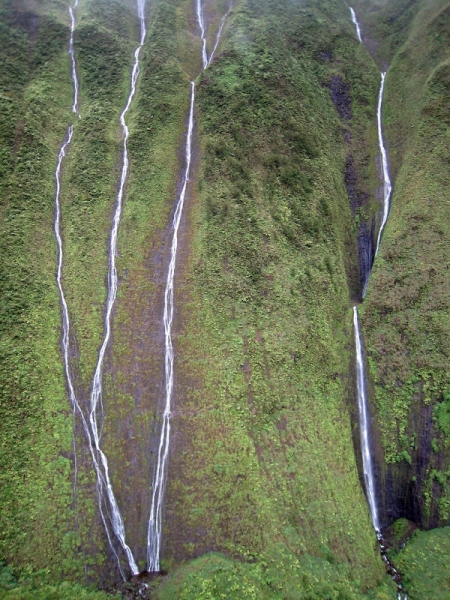
Vay’aleal Mountain
Vayaleale Mountain is not easily accessible on foot. Its slopes are close to vertical and are covered with trees and plants with a dense undergrowth of ferns. The only way to really see the Wall of Tears is by helicopter, and even in this case you may have little luck, since the top is usually covered with clouds.
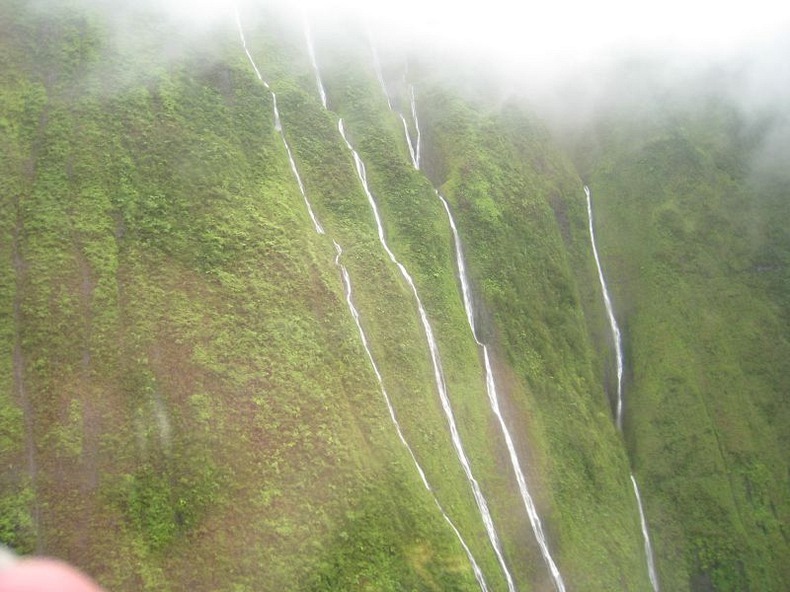
Wai’aleal Mountain, Hawaiian Islands
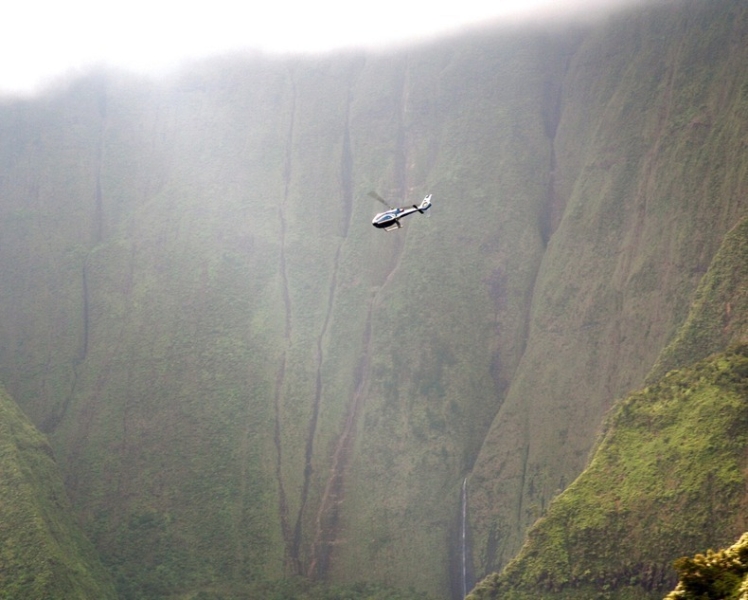
Wai’aleal Mountain in the Hawaiian Islands
There are several reasons why Mount Vayaleale receives so much rainfall. Firstly, Kauai is the northernmost of the main Hawaiian islands, so it is more susceptible to frontal systems that bring rain in winter.
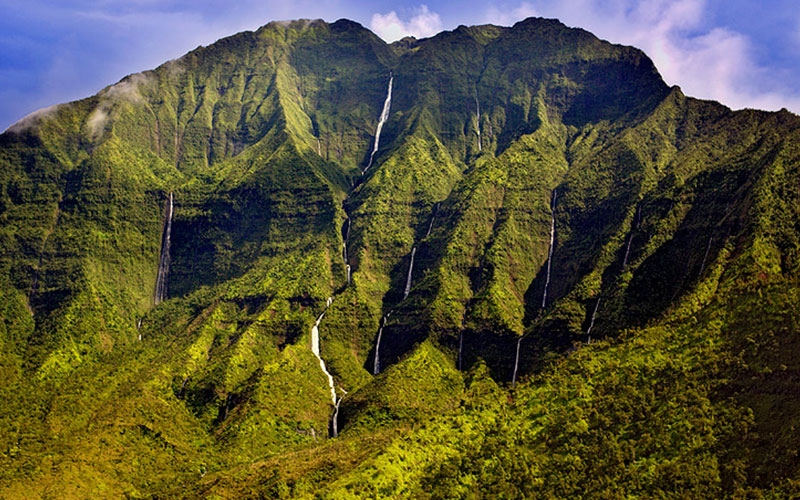
“Mountain of tears”
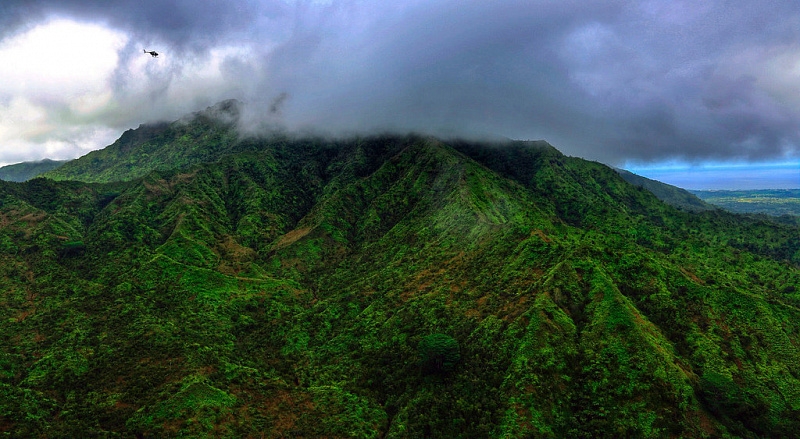
“Mountain of Tears”, Hawaiian Islands
Secondly, Vayaleale has a conical shape, which contributes to the rapid accumulation of moisture due to wet winds. Thirdly, its peak lies just below the inversion layer of the trade wind – 1829 m, above which the clouds created by the trade wind cannot rise.
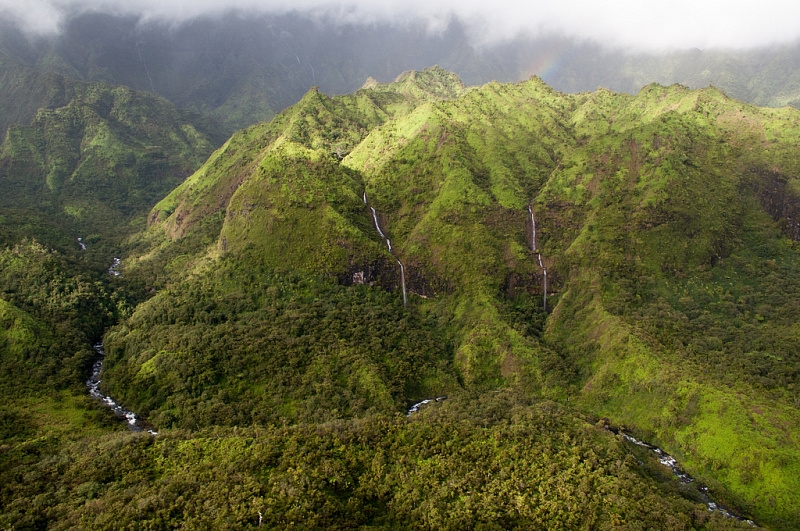
“Mountain of Tears” in Hawaii
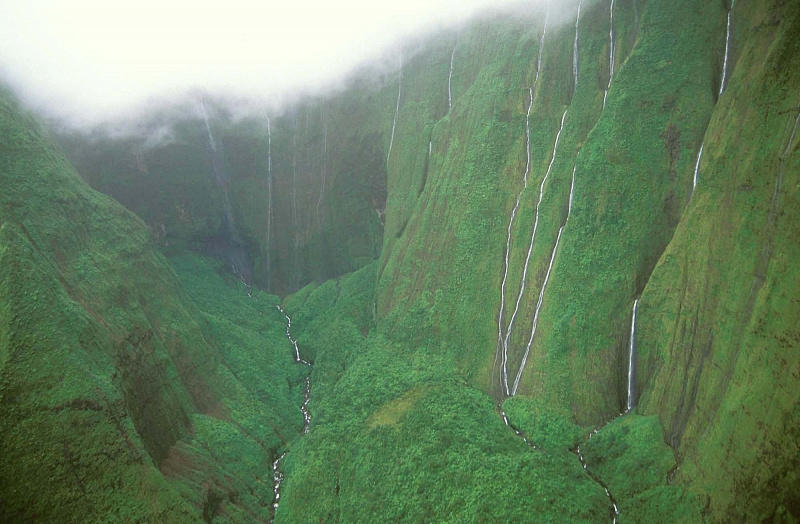
Mountain
The top and slopes of the mountain are quite barren, looking at all the water they receive. One of the reasons for this is that a small number of plants and trees can handle so much rain. In addition, the peak is covered with clouds most days of the year, which is why plants receive almost little sunlight. That is why only fungi and lichens thrive here.
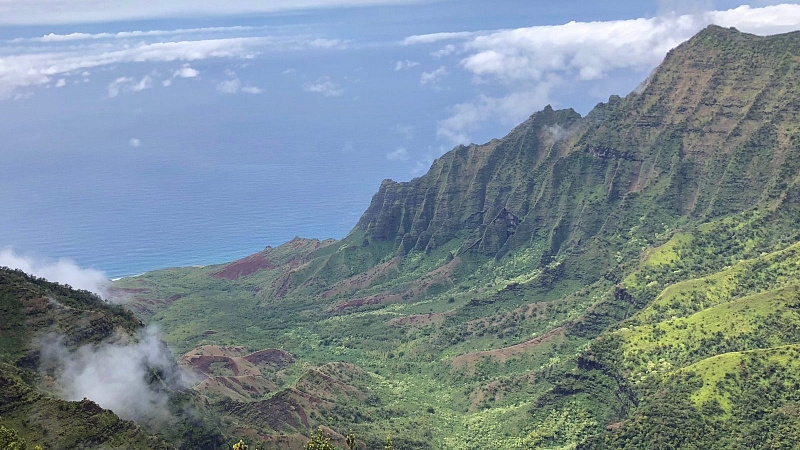
A mountain in Hawaii
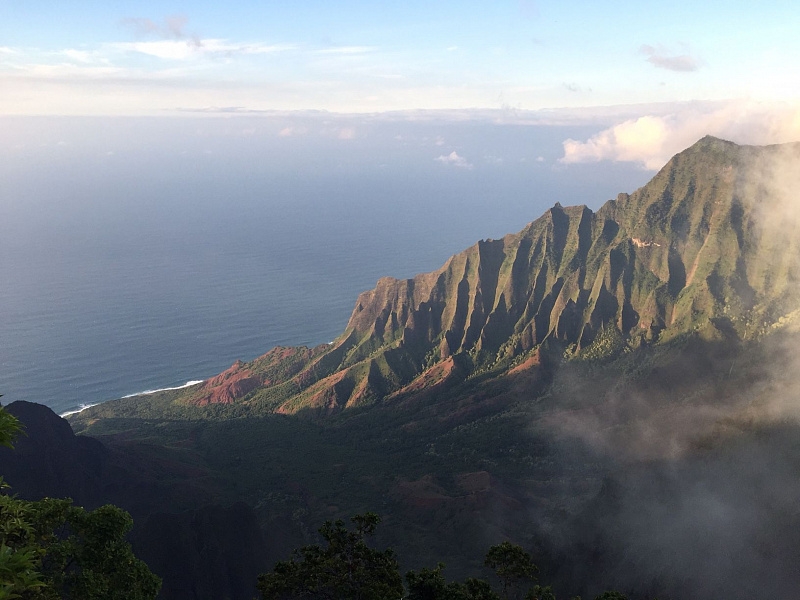
Mountain, Hawaiian Islands